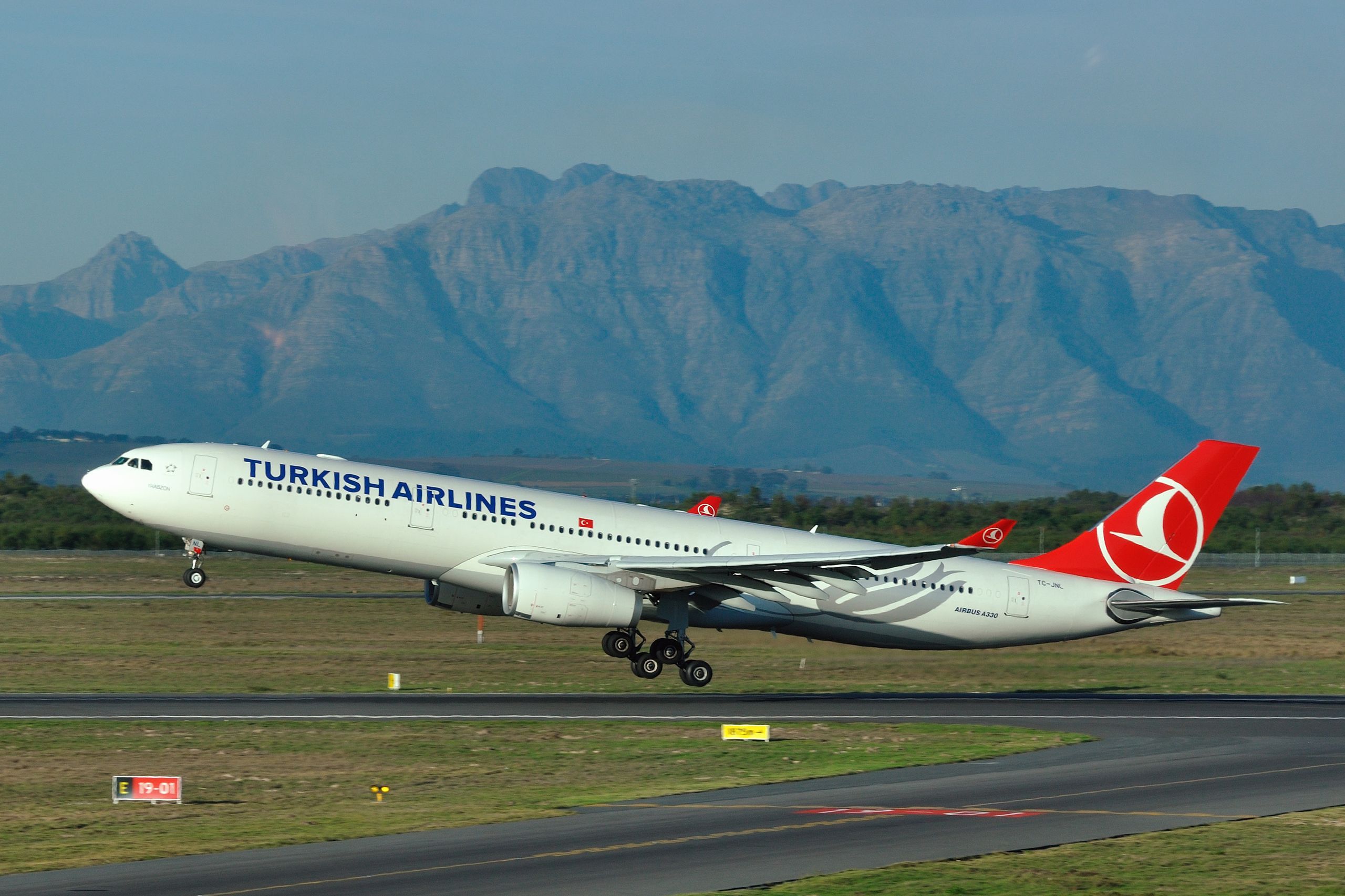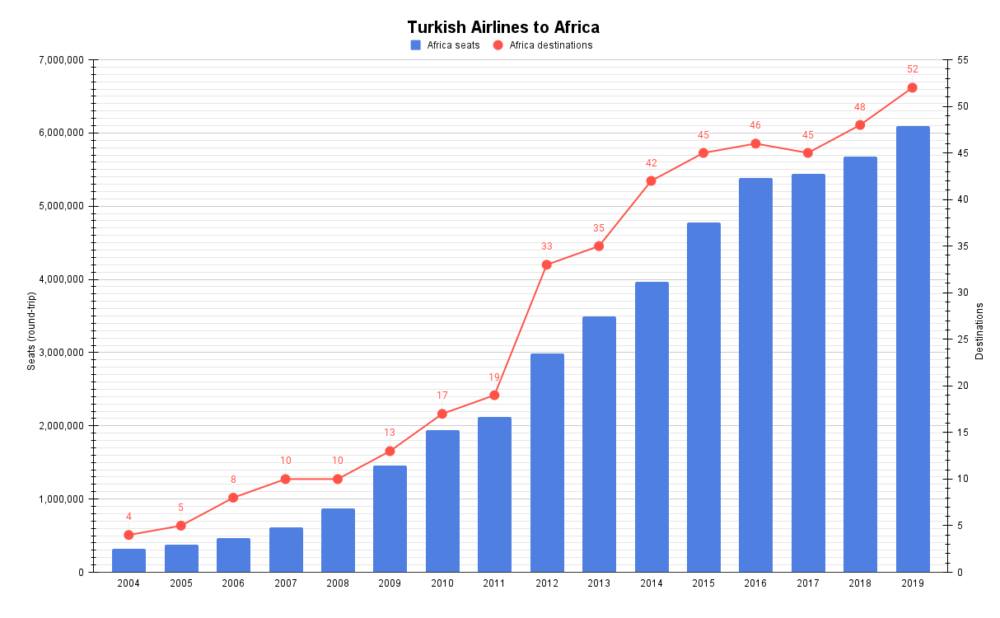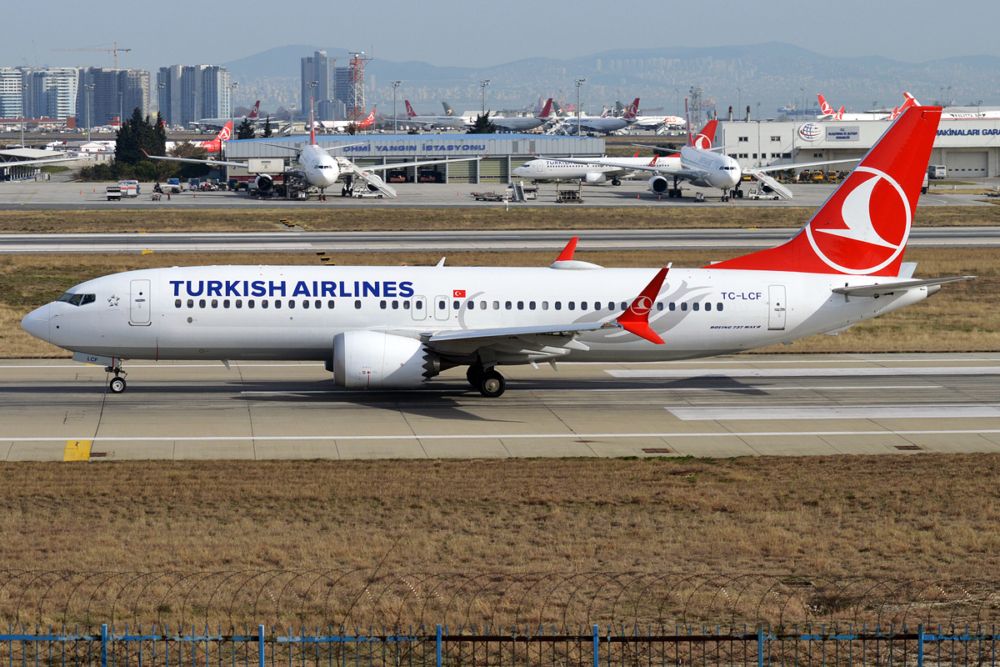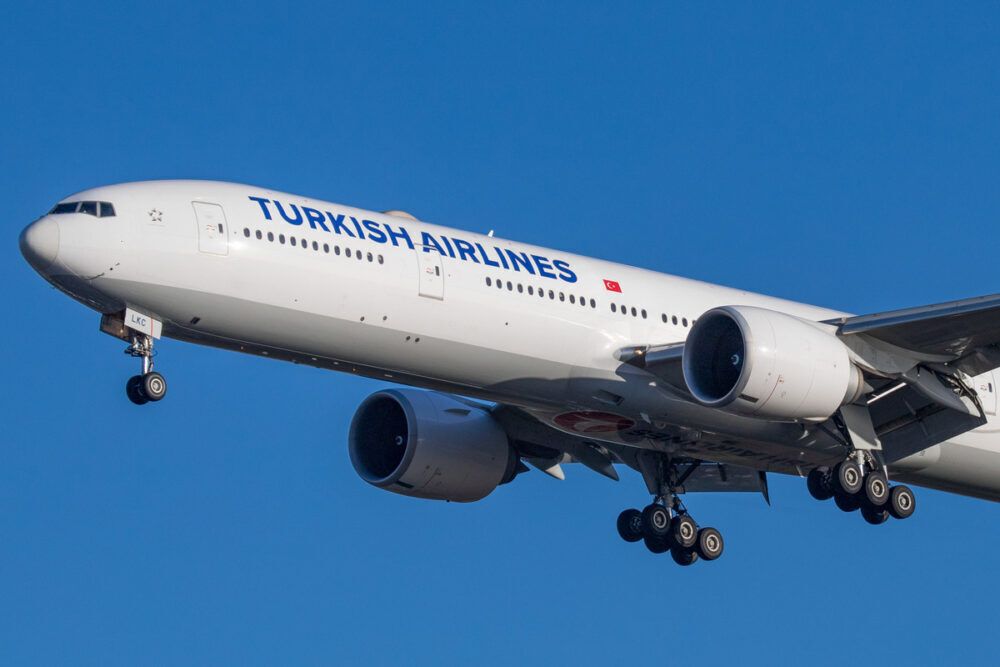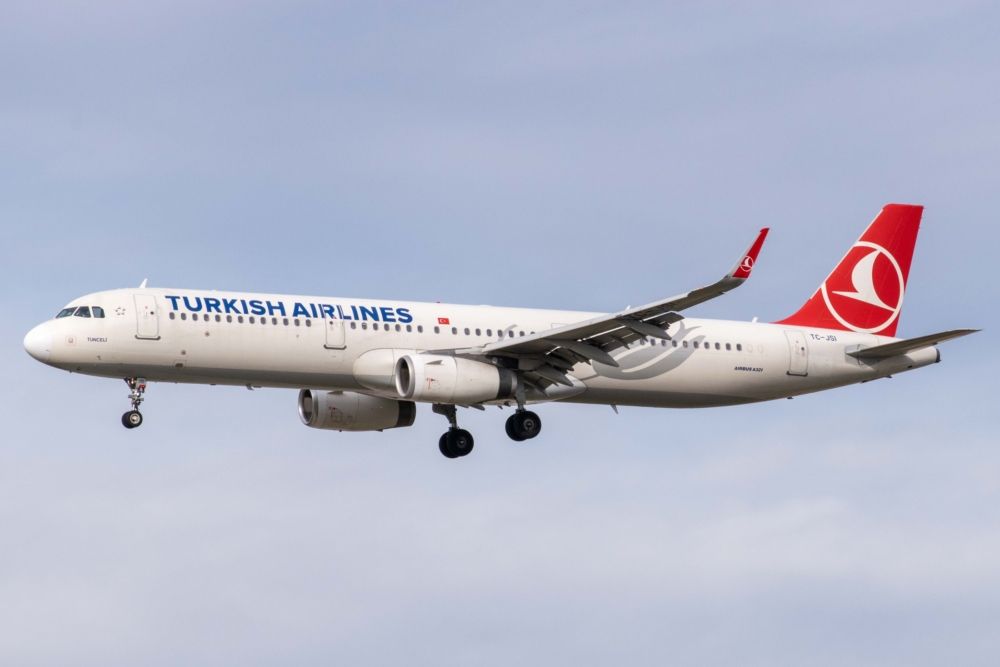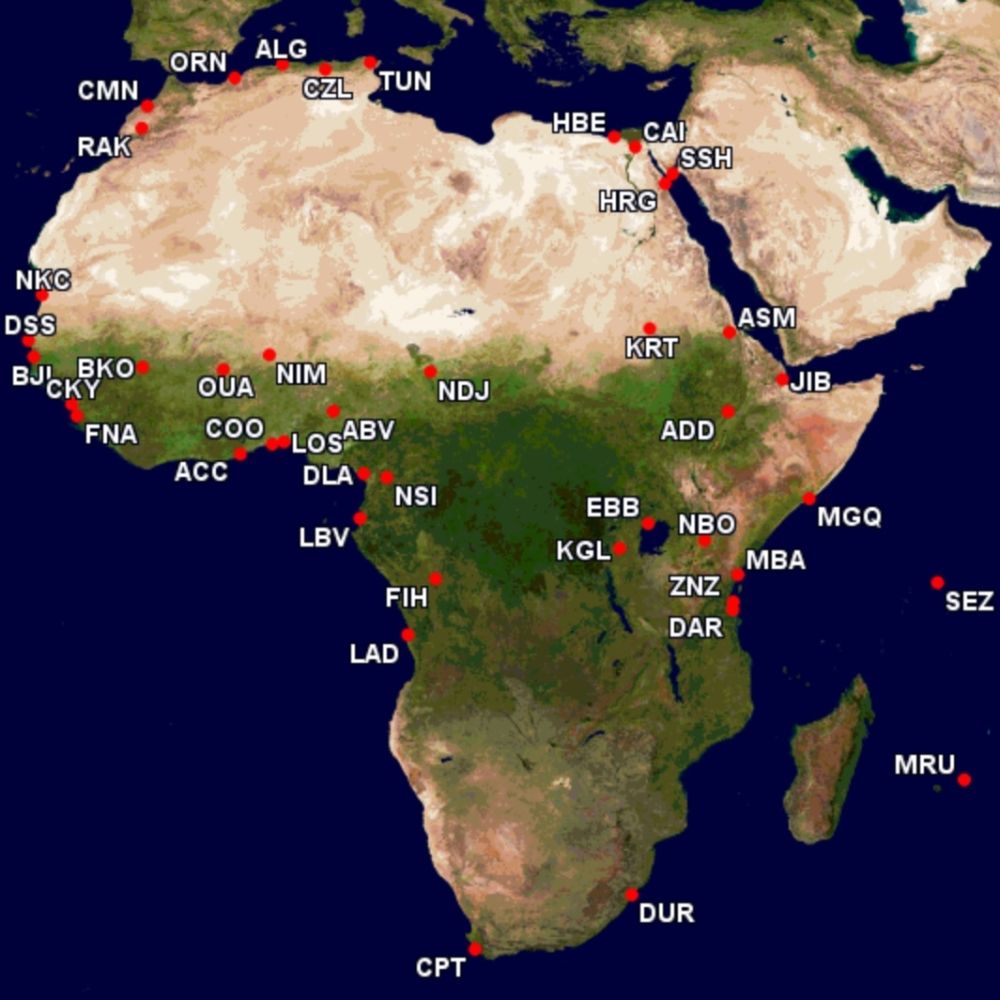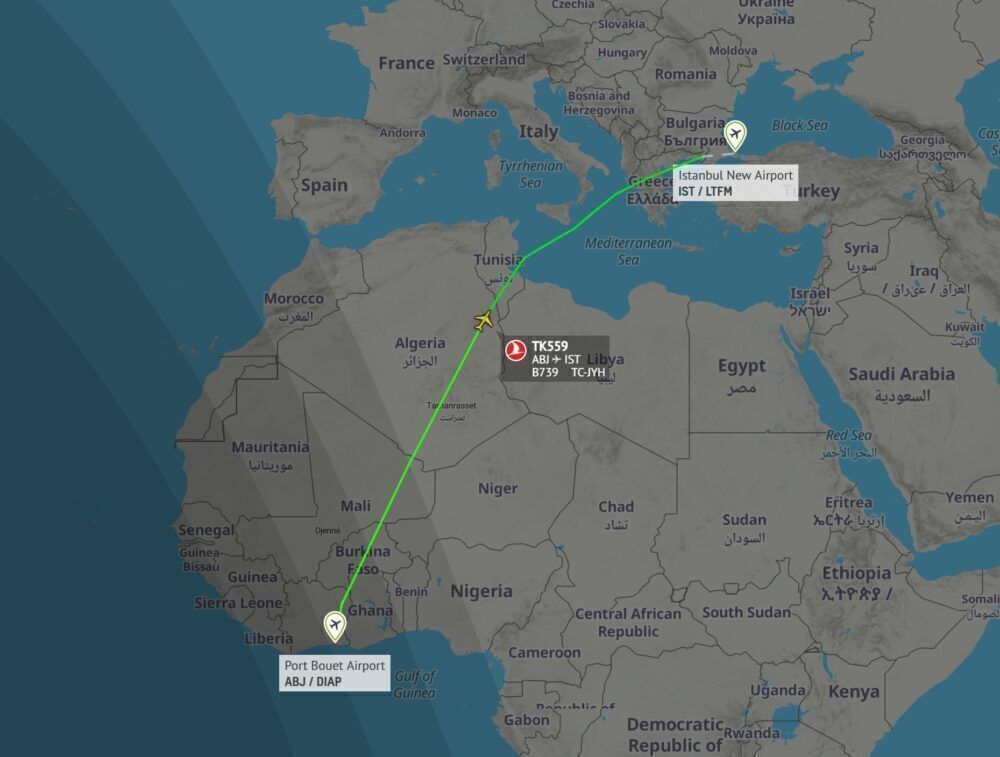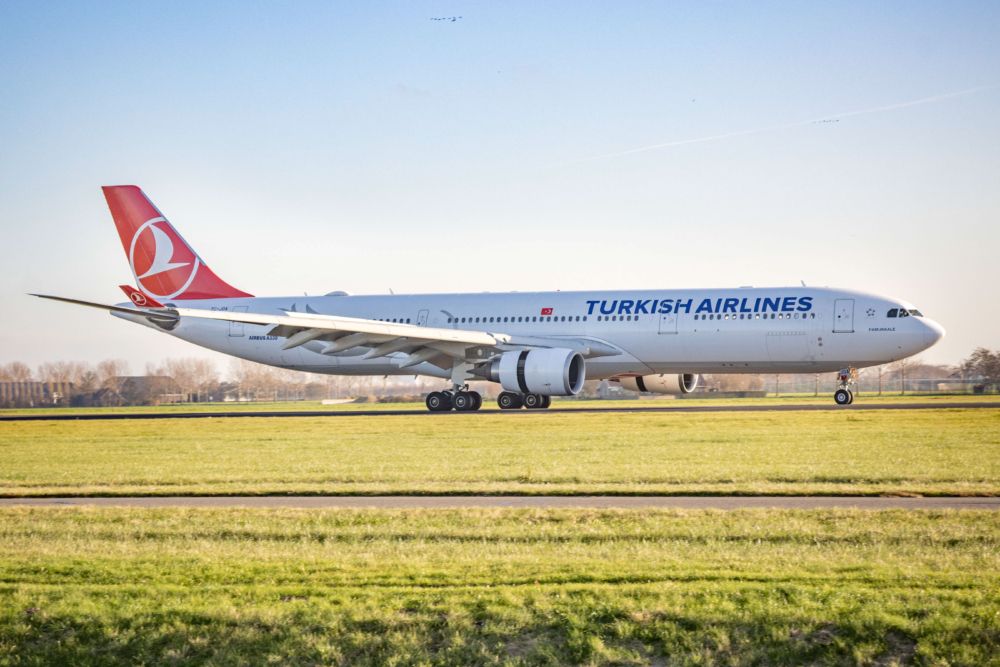Turkish Airlines serves 44 passenger destinations across Africa from Istanbul this year, down from 52 in 2019 for an obvious reason. Cairo is the leading route, and Egypt is the top country. One-stops and narrowbodies are utterly vital to the airline's African effort. We check it out.
Big growth to Africa
Africa has grown strongly for Turkish Airlines, with the number of passenger destinations from Istanbul rising from just four in 2004 – the key North African cities of Algiers, Cairo, Tripoli, and Tunis – to 52 in 2019. This growth has seen its Africa seat capacity grow from 320,000 seats to over six million in 2019. This means Africa had 12% of its total capacity, its highest to date.
The continent is important for the carrier, just as it is for Qatar Airways. However, Turkish Airlines is especially well suited geographically to carry traffic to and from Europe, with Europe its single largest passenger source to Africa. Pre-pandemic, Heathrow to Lagos was its largest market, booking data reveals, while Germany to Egypt had the most volume at country level.
Luanda is coming in October
Turkish Airlines had expected to serve 53 destinations in Africa in the current year, but that has, unsurprisingly, been reduced to 'just' 44. The latest schedule submission shows that various cities, including Antananarivo, Kilimanjaro, Lusaka, Malabo, Maputo, Point Noire, and Port Harcourt, are no longer bookable. Still, they are due to return in late March. The Nigerian oil city of Port Harcourt, for example, which launched in 2019, is now bookable from March 28th.
In contrast, the Star Alliance carrier will begin Luanda, Angola, from October 27th, with two weekly services bookable. Things may change, though. The 3,588-mile route is timed to enable connectivity to Europe and Asia on different days.
Cairo is the top route this year
In the current year, the Egyptian capital of Cairo, 783 miles from Istanbul, is Turkish Airlines' number-one Africa destination by total seats. It has displaced Algiers, which is normally first but has fallen far down the list because of the pandemic.
Stay aware: Sign up for my weekly new routes newsletter.
The top-10 routes, shown below, indicate how important North Africa is for the airline, although that would be even more clear if flights rather than seats were used. And they show how crucial Egypt, the carrier's leading country, is. This year, Turkish Airlines serves four Egyptian destinations, with Alexandria coming in at 11th, although flights to Luxor – its fifth destination – have been postponed.
- Cairo
- Tunis
- Lagos
- Hurghada
- Dakar
- Casablanca
- Khartoum
- Sharm el-Sheikh
- Abuja
- Nouakchott
Istanbul to Cairo
In mid-September, Cairo is served 21-weekly by Turkish Airlines, all by A321ceos, with departures from Turkey at 00:40, 06:35, and 18:20. Of course, all of these are timed with connectivity in mind.
These services are supplemented by fellow Star Alliance airline EgyptAir's own three-daily operation, using the B737-800 and A320neo, leaving Istanbul at 04:30, 14:00, and 18:35. All are bookable on Turkish's website because of the nature of their relationship.
One-stops are crucial
One-stops and 'triangular' routings are very important to Turkish Airlines' Africa operation. This is also the case for Ethiopian Airlines, which is Africa's leading airline by size. One-stops enable smaller cities to be served while increasing frequencies, connectivity, and competitiveness. Strong use of narrowbodies, also important for Africa, supports this.
The latest data shows that 17 African destinations from Istanbul operate somewhere else in the continent this year, at least some time. The Somali capital, Mogadishu (MGQ), is no exception. Launched in 2012, the route mainly sees passengers to the UK and Scandinavian countries for Somali diaspora reasons. Mogadishu has almost always operated via Djibouti (JIB), which is still the case for most of 2021. However, between July and October it is non-stop.
Africa is hugely about narrowbodies
Narrowbodies are utterly vital to Turkish Airlines' Africa service, even for longer routings. They play a vital role in themselves and when combined with one-stops. Excluding North Africa, single-aisle aircraft have an estimated 63% share of total flights, based on schedules information supplied by the carrier to OAG.
Of all aircraft used beyond North Africa, the B737-900ER is king, as shown below. Turkish has 15 B737-900ERs, according to ch-aviation.com, all of which are active. They're in a 151-seat configuration, with 16 in business and 135 in economy.
- B737-900ER: an estimated 6,234 two-way flights
- A330-300: 2,779
- A330-200: 2,003
- B737-800: 1,034
- B737 MAX 8: 487
- A321: 432
- B737 MAX 9: 48
- B787-9: 34
- B777-300ER: two (!)
Three destinations in Nigeria
Nigeria is Turkish Airlines' third-largest country in Africa. It is one of only a minimal number of nations in the sub-Sahara with more than one passenger destination. While Abuja and Lagos are currently operating once-daily, Port Harcourt – which was due to resume three-weekly from November – has been pushed back by four months.
Abuja and Lagos are interesting. Aircraft don't continue elsewhere and instead remain on the ground all day. For example, TK625 to Lagos leaves Istanbul at 01:25, part of a huge departure bank fed by Europe, and arrives at 06:15. Returning, TK626 leaves at 20:45 and arrives back in Turkey at 05:25 mainly to feed Europe.
Where has been cut?
Aside from temporary postponements, which don't count here, several routes have been eliminated. As you'd expect, most cuts involve Libya because of the conflict and security situation. Benghazi, Misurata, Sebha, and Tripoli were previously served, but most will return. Elsewhere, Batna (Algeria), Kano (Nigeria), Moroni (Comoros), and Tlemcen (Algeria) have also ended.
Have you flown Turkish Airlines to Africa? Let us know where you went in the comments.

